The journey into the cultural meanings behind purifying textured hair with botanicals begins not with a simple explanation, but with a quiet invitation to feel the history held within each coil, each gentle curve. To understand this profound connection, one must consider the echoes of ancient wisdom that shape our approach to textured hair care, weaving a continuous narrative from past to present. It is a story whispered through generations, a testament to resilience, identity, and the timeless bond between people and the natural world.
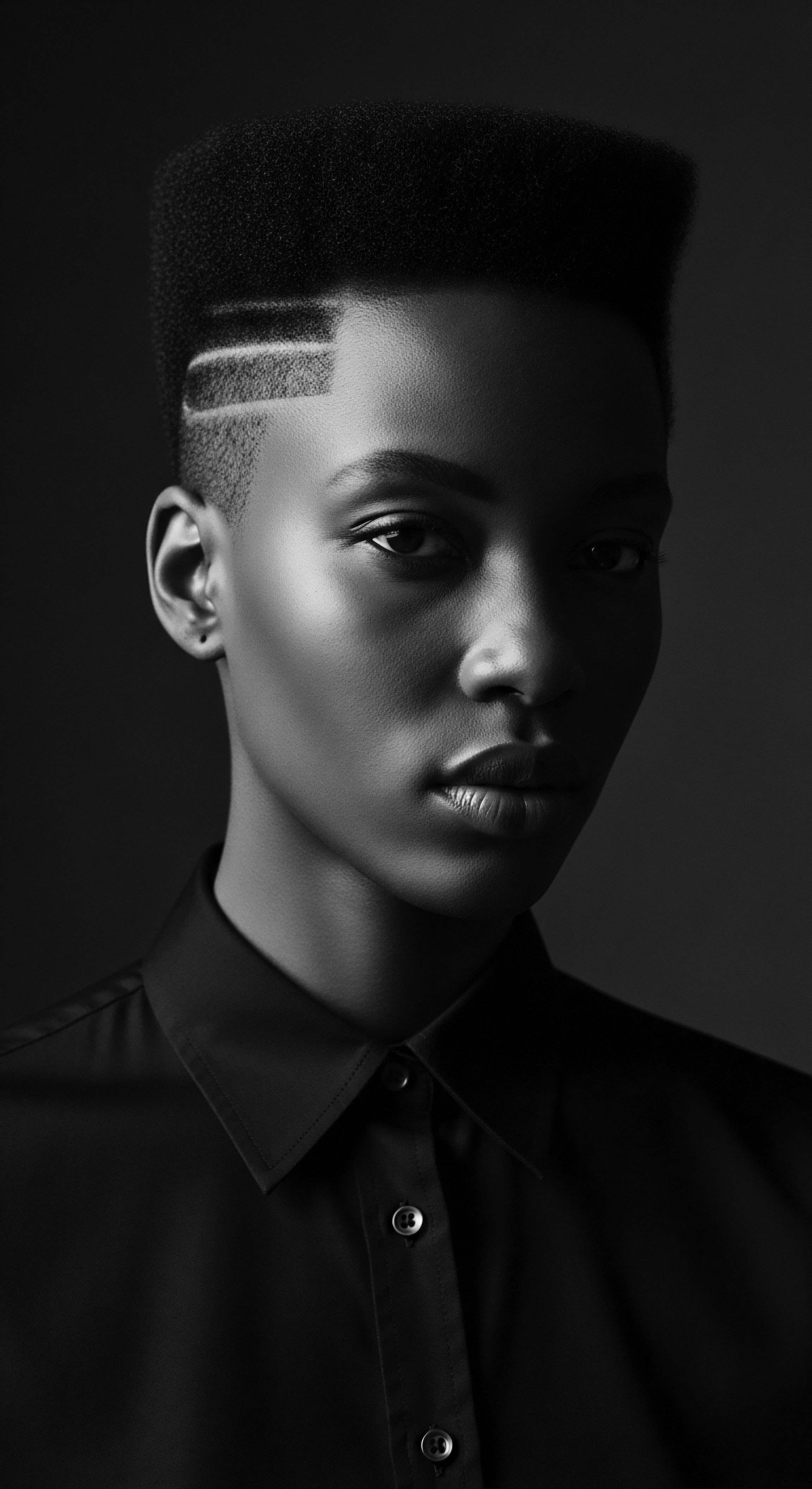
Roots
In the vast lineage of humanity, hair has always held a sacred position, particularly for communities with textured strands. It serves as a living chronicle, bearing witness to lineage, status, and spiritual connection. The very idea of purifying textured hair with botanicals is not a modern trend; it is a resonant chord struck from antiquity, an observance steeped in the ancestral wisdom of Black and mixed-race peoples across continents. These traditions tell of a time when every leaf, every root, and every flower offered more than mere cleansing; they provided communion, protection, and a tangible link to heritage.
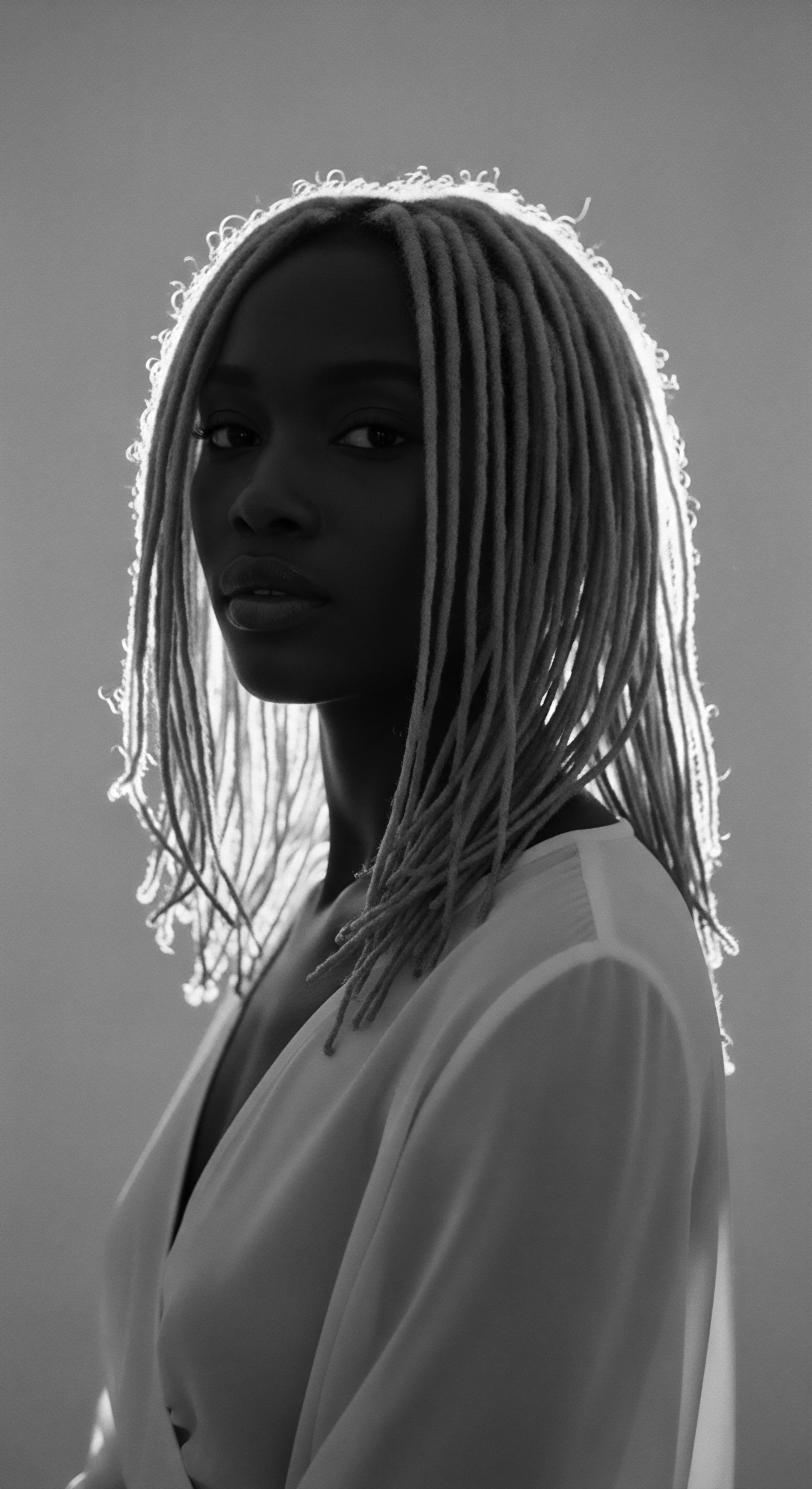
What Ancient Wisdom Shaped Hair Wellness?
The earliest forms of hair care were deeply intertwined with ethnobotany, the study of traditional plant uses by Indigenous communities. For centuries, various civilizations relied on the generous offerings of the earth to maintain healthy hair. Consider the San Bushmen of Southern Africa, whose practices reveal a profound connection with nature, using crushed herbs for cleansing and embracing the wild beauty of their hair.
Their knowledge, passed down through generations, highlights a holistic approach where hair care is a sacred ritual. This is not an isolated instance; across the African continent, plants were identified not only for their cleansing abilities but also for their spiritual properties, their capacity to connect individuals to their ancestors and the divine.
The importance of hair in ancient African civilizations extended beyond aesthetics, symbolizing family background, social status, spirituality, and tribal affiliation. Hairstyles often communicated age, marital status, and wealth within communities. With hair regarded as the highest point of the body, closest to the divine, its care involved meticulous processes.
The communal act of hair styling, especially among women, served as a vital social activity, strengthening bonds and transmitting cultural knowledge. These deep-seated beliefs meant that purifying the hair was never a superficial act; it was a ritual of spiritual alignment, a way to maintain clarity of mind and spirit.
Hair, for many African and Indigenous cultures, stands as a spiritual antenna, gathering wisdom from the cosmos and grounding identity in ancestral earth.

How Does Hair Anatomy Connect to Ancestral Care?
Textured hair possesses a unique biology. Its elliptical cross-section and curved hair follicle lead to tighter coils and twists, which, while beautiful, create points of weakness and reduce tensile strength compared to straighter hair types. This intrinsic fragility means textured hair requires gentle handling and consistent moisture retention. Our ancestors intuitively understood this delicate structure long before microscopes revealed it.
Their botanical purification methods were often designed to cleanse without stripping, providing moisture and protective elements naturally. Plants containing saponins , for instance, were highly valued for their ability to create a gentle lather that cleanses without harshness.
The foresight of these ancestral practices finds validation in modern science. Saponins, naturally occurring compounds in many plants, reduce the surface tension of water, allowing for effective cleansing without compromising the hair’s natural oils. This scientific understanding affirms the efficacy of remedies passed down orally for generations.
It highlights a sophisticated traditional knowledge of plant chemistry, even if the formal scientific terminology was absent. The purpose was clear ❉ to cleanse, to protect, and to nourish a hair type that demanded particular attention to remain vibrant.
Consider the yucca root , a notable example from Native American tribes like the Navajo. This root, when crushed and mixed with water, forms a soapy lather, cleansing the hair while preserving its natural oils, promoting strength and shine. This practice continues today, a living testament to its enduring effectiveness and its deep roots in Indigenous heritage.
| Traditional Botanical Source Yucca Root |
| Cultural Origin/Use Native American tribes (e.g. Navajo); natural shampoo and conditioner; preserves hair's natural oils. |
| Modern Scientific Link/Function Contains saponins, natural cleansing agents that lather gently. |
| Traditional Botanical Source Sidr Powder (Jujube plant) |
| Cultural Origin/Use Moroccan women; deep cleanser for hair and skin; anti-inflammatory. |
| Modern Scientific Link/Function Rich in saponins; calms scalp irritation, promotes healthy growth. |
| Traditional Botanical Source Reetha (Indian Soapberry) |
| Cultural Origin/Use Indian subcontinent (Ayurveda); used in herbal pastes for cleansing and conditioning. |
| Modern Scientific Link/Function High saponin content, effective natural surfactant. |
| Traditional Botanical Source Rhassoul Clay |
| Cultural Origin/Use North Africa; cleansing and conditioning for hair and skin. |
| Modern Scientific Link/Function Mineral-rich clay with absorptive properties; draws out impurities without stripping. |
| Traditional Botanical Source Aloe Vera |
| Cultural Origin/Use Latin American civilizations (Mayans, Aztecs); natural conditioner, soothes scalp. |
| Modern Scientific Link/Function Enzymes and polysaccharides soothe, hydrate, and promote a healthy scalp environment. |
| Traditional Botanical Source Hibiscus |
| Cultural Origin/Use Indian Ayurveda and Indigenous beauty traditions; strengthens follicles, promotes growth. |
| Modern Scientific Link/Function Naturally conditions, reduces breakage, and contains compounds supporting hair health. |
| Traditional Botanical Source These botanical traditions highlight a continuous wisdom, where ancient practices often mirror or align with contemporary scientific understandings of hair health. |
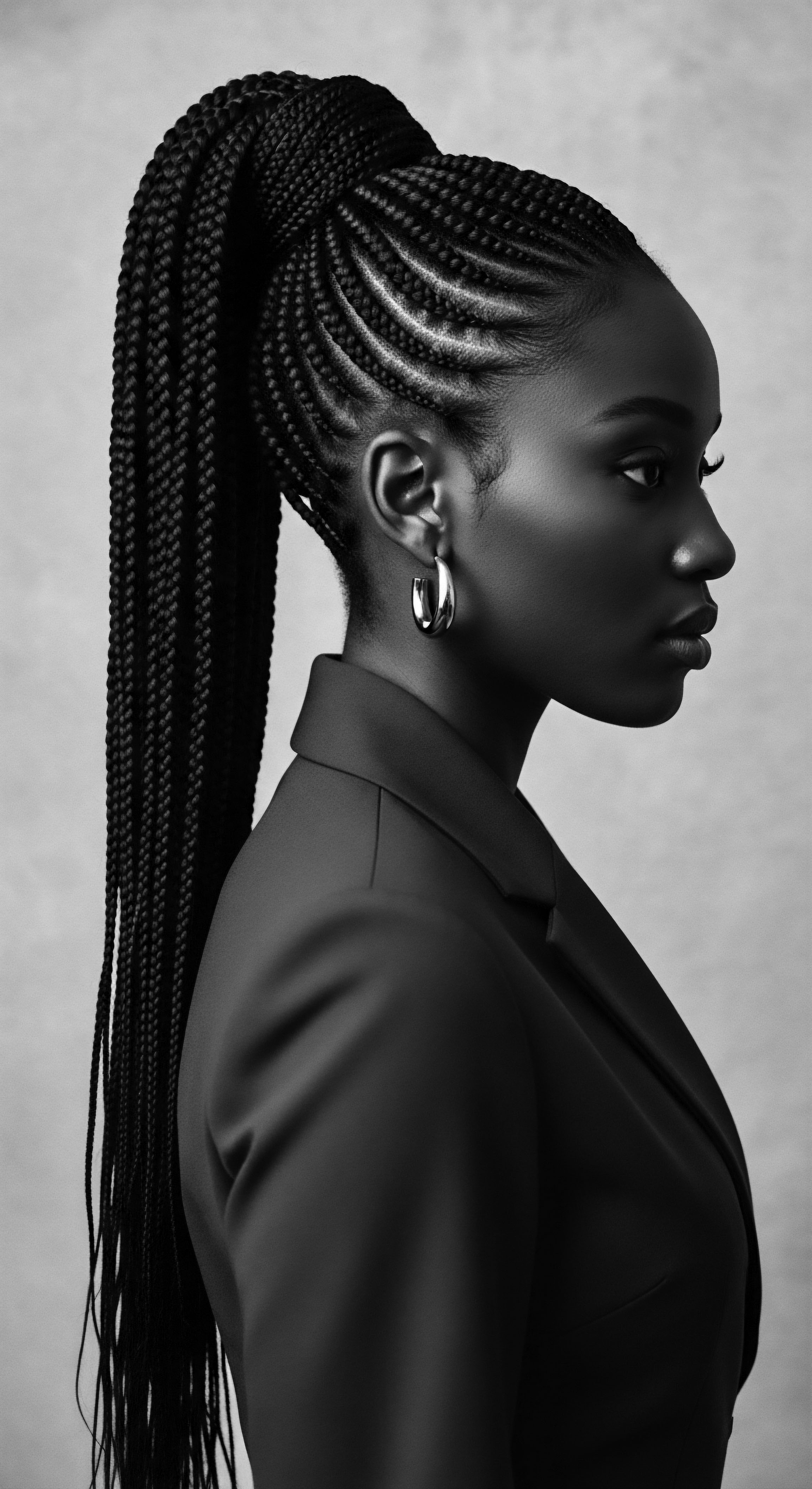
Ritual
The act of purifying textured hair with botanicals transcends simple hygiene; it becomes a ritual, a deliberate engagement with cultural memory and inherited knowledge. These practices are imbued with a purpose far grander than physical cleanliness. They represent acts of self-care rooted in community, a means of connecting with ancestral legacies, and a powerful assertion of identity against narratives that might seek to diminish textured hair.
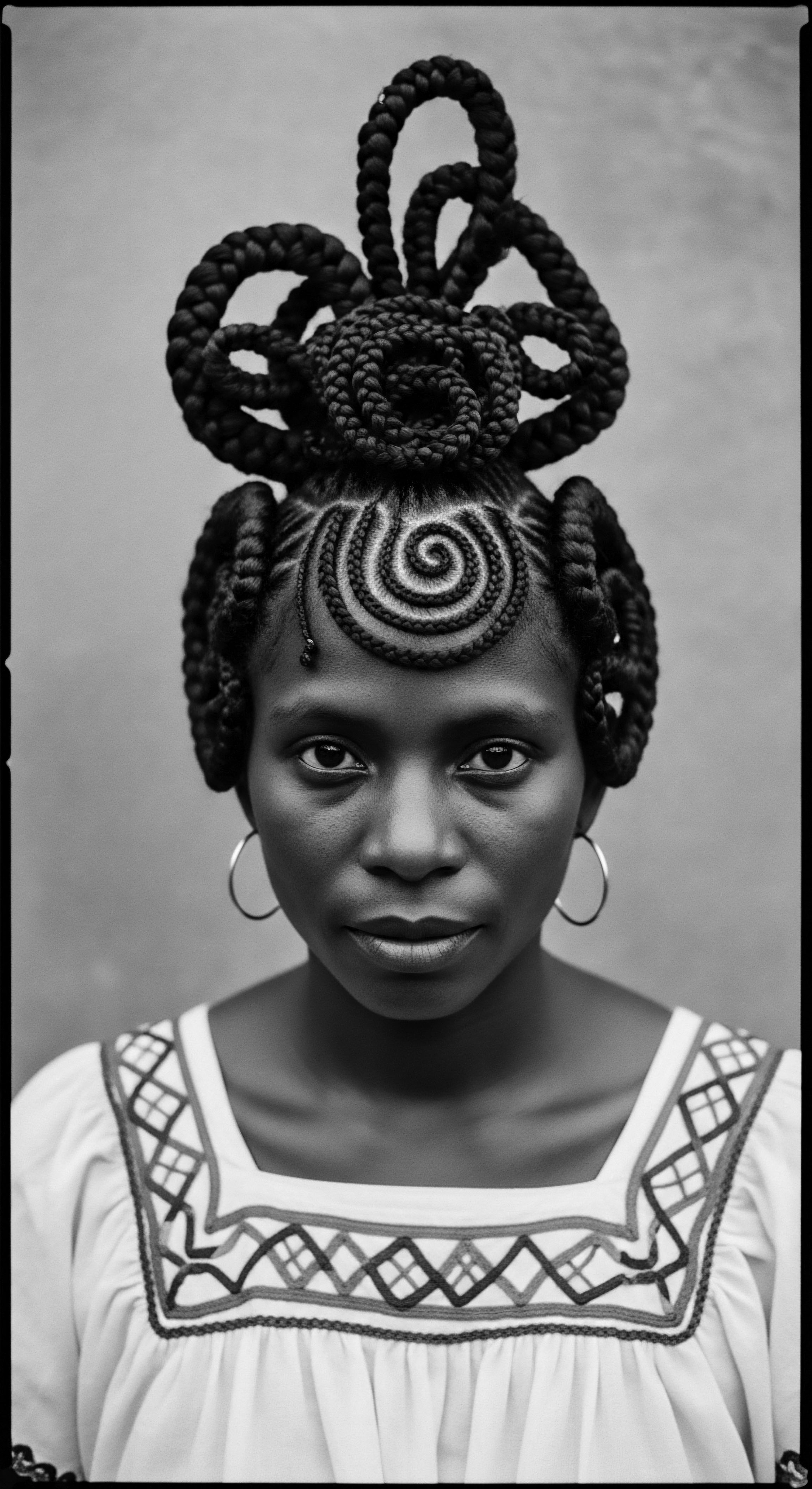
How Did Ancestral Rites Inform Contemporary Care?
Historically, cleansing rituals for textured hair were never solitary affairs. They were communal events, often involving the elder women of the family or community, who would pass down their knowledge of specific plants, their preparations, and their benefits. This collective experience reinforced social bonds and ensured the continuation of traditional practices.
The gentle massaging of herbal rinses or botanical pastes into the scalp was a tactile connection to generations past, a sensory experience that reinforced belonging and cultural pride. This practice of intergenerational knowledge transfer is itself a powerful act of heritage preservation.
The Basara Tribe of Chad offers a compelling example of this enduring tradition with their use of Chebe . This fine brown powder, composed of seeds, cloves, and sap, is mixed with an herb-infused oil or animal fat and applied to the hair weekly. This ritual is not primarily about cleansing in the Western sense, but rather about promoting extreme length retention and maintaining hair health. The consistent application, often accompanied by braiding, protects the hair, allowing it to flourish.
This practice, widely shared within the community, speaks to a deep, practical understanding of textured hair’s needs, passed down over centuries, making cleansing a component of a larger, protective regimen. This sustained use of specific botanicals for a tangible outcome — hair length and vitality — illustrates a lived wisdom that blends cultural practice with deep care.
This enduring tradition contrasts sharply with the historical imposition of Eurocentric beauty standards. During periods of enslavement, Africans were often stripped of their traditional hair care methods, forced to use whatever was available, sometimes animal fats or cooking oils. This act of forced assimilation severed a vital link to cultural identity and ancestral practices.
Yet, even in the face of such adversity, elements of traditional botanical knowledge persisted, adapting and finding new expressions in the diaspora. The ability to reclaim and re-center these botanical rituals today is an act of profound cultural affirmation.

What Significance Did Hair Cleansing Hold Beyond Hygiene?
Beyond physical purification, the act of cleansing textured hair with botanicals held significant spiritual and social meanings. Many African societies considered the head a sacred space, the conduit for spiritual energy and communication with the divine. Therefore, the cleansing of hair was akin to purifying the spirit, preparing the individual for spiritual connection or important life events.
For the Yoruba, for example, hair is sacred, serving as a medium that links individuals to their ancestors and deities. This belief explains why hair styling was often a task reserved for trusted relatives, underscoring its profound significance.
Hair also served as a visible marker of social standing, marital status, and even health. Long, thick, well-maintained hair often signaled fertility and prosperity. Neglected hair, conversely, could signify mourning, illness, or antisocial behavior.
Thus, the regular purification with botanicals was a public declaration of one’s well-being, social adherence, and respect for tradition. It was a tangible way to express identity and belonging within the community, using the earth’s bounty as a medium.
The practice of purifying textured hair with botanicals stands as a living dialogue between the natural world and ancestral wisdom, shaping identity through tactile connection.
The preparation of these botanical cleansing agents was itself a meaningful activity. Collecting the plants, grinding roots, steeping herbs—these actions connected individuals directly to the earth and to the women who had performed these same acts for generations. It instilled a deep respect for natural resources and fostered a sense of self-sufficiency.
This connection to the land and its offerings became a cornerstone of beauty and wellness practices, emphasizing sustainability and reciprocity. The use of ingredients like rhassoul clay from North Africa, valued for centuries as a cleanser, illustrates how deep geographical connections informed beauty practices.
The cleansing ritual could also be a therapeutic experience, soothing the scalp, calming the mind, and providing a moment of peace and reflection. The aromatic properties of many botanicals added to this sensory experience, transforming a utilitarian act into a restorative one. Consider the calming effect of chamomile rinses, used in various ancient traditions for both hair care and relaxation. This holistic approach to purification recognized the interconnectedness of physical, mental, and spiritual well-being, an understanding that many modern wellness movements now seek to reclaim.
The act of purification with botanicals also played a role in ceremonies and rites of passage. For instance, yucca root might be used to wash hair before a wedding in some Native American traditions, symbolizing purification and readiness for a new chapter. This ritualistic cleansing underscores the belief that a clean head, both physically and spiritually, was essential for marking significant life transitions.
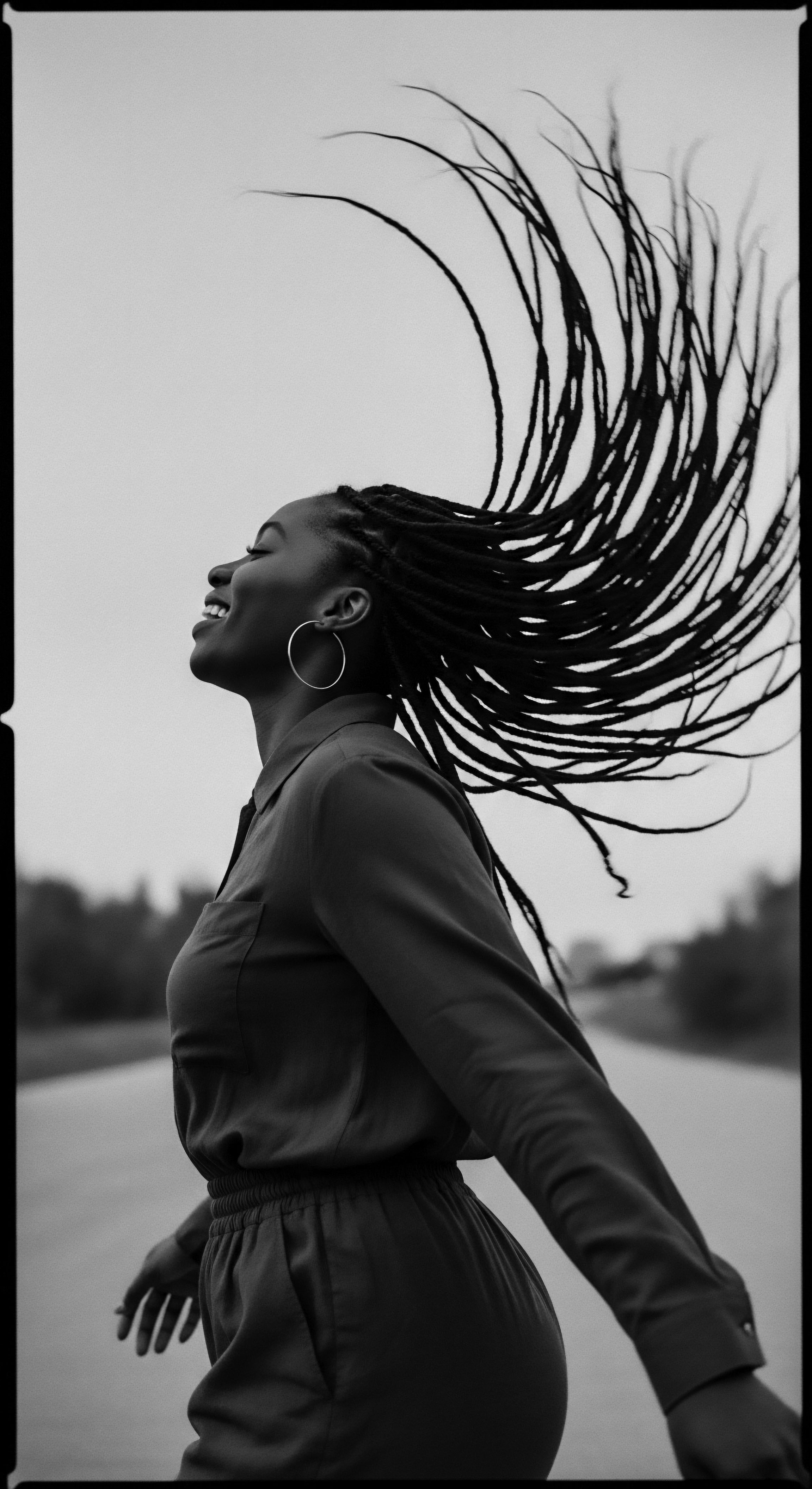
Relay
The cultural meanings behind purifying textured hair with botanicals represent a profound relay of knowledge, resiliently carried across time and geography. This transmission involves not only the physical act of cleansing but also the philosophical underpinnings that elevate simple ingredients to symbols of cultural continuity and self-determination. Contemporary practices, while benefiting from modern scientific insight, remain deeply rooted in these historical exchanges, demonstrating an enduring reverence for ancestral ways.

What Role Did Botanicals Play in Preserving Cultural Identity Amidst Adversity?
During the transatlantic slave trade, millions of Africans were forcibly removed from their homelands, severed from their communities, and stripped of many cultural markers, including their traditional hair care practices. The systematic shaving of heads upon arrival in the Americas was a deliberate act of dehumanization, a calculated effort to erase identity and sever connections to ancestral heritage. Yet, even in the face of such profound oppression, the knowledge of botanicals and their uses for hair care often persisted, albeit in adapted forms. Enslaved Africans, resourceful and resilient, found ways to recreate or substitute traditional remedies with plants available in their new environments.
This adaptation of botanical knowledge demonstrates an incredible ingenuity and a powerful commitment to preserving fragments of heritage. For instance, some enslaved Africans reportedly braided seeds from their homelands into their hair before being transported, a poignant act of hope and cultural continuity. Once in the Americas, they collaborated with Indigenous Americans, learning about local plants and their medicinal properties, further enriching the hybrid herbalism that would define African American traditions. Water infusions, the primary method for herbal preparations among enslaved communities, provided accessible ways to cleanse and treat hair, symbolizing resilience through resourceful adaptation.
The persistence of these botanical practices, even under duress, speaks volumes. They were not simply about maintaining appearance; they were acts of quiet resistance, ways to hold onto a sense of self and cultural identity when everything else was being taken away. Each application of a natural cleanser or conditioner, however rudimentary, was a re-affirmation of a heritage that refused to be extinguished.
Botanical hair purification rituals serve as enduring threads connecting Black and mixed-race communities to their ancestral lands and knowledge, even across the vastness of the diaspora.

How Has Modern Science Validated Ancestral Practices of Purification?
Today, there is a growing dialogue between ancient wisdom and modern scientific understanding. Researchers are investigating the biochemical properties of many plants long used in traditional hair care, often confirming the efficacy that generations already knew. For example, studies on African saponin-rich plants have cataloged numerous species traditionally used as soaps and shampoos, confirming their foaming and cleansing properties due to compounds like saponins, alkaloids, and terpenoids.
The increasing prevalence of scalp and hair pathologies in contemporary society has spurred renewed interest in these plant-based solutions. While European hair types have been the focus of extensive research, there is a recognized need for personalized hair care for Afro-textured hair, acknowledging its unique properties and challenges. This necessity underscores the relevance of ancestral practices, which were inherently tailored to textured hair types. Scientific and clinical partnerships are now seeking to bridge the gap between this traditional knowledge and modern research, aiming to translate findings into practical, culturally relevant hair care solutions.
For instance, Sidr powder , derived from the Jujube plant, is known to Moroccan women for centuries as a natural deep cleanser and anti-inflammatory agent. Scientific analysis shows it contains natural saponins that gently purify the scalp, calm itchiness, and promote healthy hair growth. This convergence of traditional use and scientific validation reinforces the authority and efficacy of ancestral botanical practices. It is a testament to the profound understanding our forebears possessed, often without the instruments of modern laboratories.
The wisdom embedded in traditional botanical purification also extends to understanding scalp health as fundamental to hair vitality. Many ancestral practices involved massaging botanical infusions into the scalp, recognizing that a healthy scalp provides the necessary environment for strong hair growth. This approach aligns with contemporary dermatological understanding, which increasingly emphasizes scalp microbiome balance and gentle cleansing for overall hair health. This symbiotic relationship between ancient ritual and scientific discovery solidifies the cultural meaning of botanical purification ❉ it is a legacy of care, wisdom, and profound connection to the earth’s healing properties.
- Amla (Indian Gooseberry) ❉ Used in Ayurvedic hair care for centuries to nourish the scalp, strengthen hair, and delay graying.
- Chebe (from Basara Tribe, Chad) ❉ A powder mixture (seeds, cloves, sap) applied weekly with oils for length retention and hair protection.
- Khadi (Indian herbal blends) ❉ Traditional holistic hair cleansing and conditioning powders, often combining ingredients like Shikakai, Reetha, and Amla.
- Qasil Powder (from Gob trees, Horn of Africa) ❉ Used for generations for cleansing skin and hair, known for antibacterial and antioxidant properties.
The journey of textured hair care, from ancient traditions to current understanding, is a powerful narrative of survival and resurgence. As Ndichu and Upadhyaya (2019) observe, the 21st century has seen a significant shift among Black people towards embracing their natural hair textures, often as a means of redefining beauty and asserting cultural heritage. This movement reflects a reconnection with ancestral practices, including botanical purification, as a deliberate choice for wellness and identity. The wisdom of our ancestors, preserved and adapted, continues to illuminate the path for textured hair care, proving that true progress often involves looking back, with reverence, to the roots.

Reflection
The exploration of purifying textured hair with botanicals reveals far more than mere techniques or ingredients. It is a meditation on memory, a celebration of resilience, and an unwavering affirmation of heritage. Each botanical rinse, every herbal infusion, echoes the voices of ancestors who understood the profound reciprocity between humanity and the earth. Their wisdom, not written in textbooks but etched into practice and story, speaks to hair not as a superficial adornment, but as a living extension of self, spirit, and an enduring lineage.
For textured hair, the act of purification carries a particular weight. It symbolizes a clearing, a renewal that transcends the physical, reaching into the spiritual and cultural realms. This legacy, passed through generations and often re-claimed in the face of historical oppression, continues to shape identity and foster a deep connection to roots.
The ‘Soul of a Strand’ whispers of this ancient bond, reminding us that care for our textured coils is not simply a routine, but a sacred ritual, a living archive of wisdom and an offering of honor to those who came before. It is a journey home, coil by coil, back to the natural essence of our being, guided by the timeless power of botanicals.

References
- 22 Ayur. (n.d.). The Ancient Natural Ways of Hair Care Across Continents.
- Afriklens. (2024, November 1). African Hairstyles ❉ Cultural Significance and Legacy.
- Cooper Delivered. (n.d.). Botanical Ritual Library.
- Human Material Loop. (2025, March 22). Shaving and Beauty ❉ Cultural Significance Across Rituals.
- Kunatsa, Y. & Katerere, D. R. (2021). Checklist of African Soapy Saponin-Rich Plants for Possible Use in Communities’ Response to Global Pandemics. Plants (Basel), 10(5), 842.
- L’Oréal. (n.d.). The Importance of Indigenous Hair In Native Culture | Hair.com.
- Mulu, M. Ntelok, Z. R. E. P, S. I. I. & Mulu, H. (2020). Ethnobotanical knowledge and conservation practices of indigenous people of Mbeliling Forest Area, Indonesia. Biodiversitas, 21(5).
- Ndichu, F. W. & Upadhyaya, S. (2019). “Going natural” ❉ Black women’s identity project shifts in hair care practices. ResearchGate .
- Notes From the Frontier. (2019, October 21). Native Hair Traditions.
- Oladele, D. B. Markiewicz, E. & Idowu, O. C. (2024). The Genomic Variation in Textured Hair ❉ Implications in Developing a Holistic Hair Care Routine. Cosmetics, 11(6), 183.
- Okan Africa Blog. (2020, October 8). The significance of hair in African culture.
- Reshma Beauty. (2024, April 19). The History and Cultural Significance of Henna in Hair Coloring.
- ResearchGate. (2025, January 14). Ethnobotanical Study of Cosmetics of Baduy Community as a Recommendation for Biology Learning Content.
- Roots of African American Herbalism ❉ Herbal Use by Enslaved Africans. (2020, August 18). Herbal Academy.
- The Kurl Kitchen. (2024, November 5). The Cultural Significance Of Natural Hair In Different Communities.
- The Nature of Things. (n.d.). Getting To The Root of Hair Cleansing.
- Umthi. (2023, September 14). The Cultural Significance and Representation of Afro-Textured Hair.
- Volition Beauty. (n.d.). Ashima Hair Elixir | Volition Beauty.
- Wong, N. Williams, K. Tolliver, S. & Potts, G. (2025). Historical Perspectives on Hair Care and Common Styling Practices in Black Women. Cutis, 115(3), 95–98.
- Yudiyanto, et al. (2022). International Journal of Biology Education Towards Sustainable Development, Vol.4, No.1.
- Zawina Morocco. (n.d.). Sidr Powder-Body & Hair Cleansing Treatment 100% Organic.
